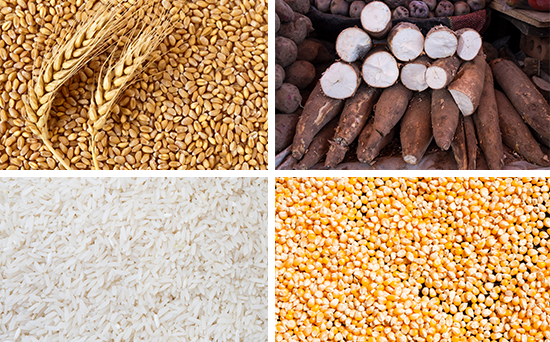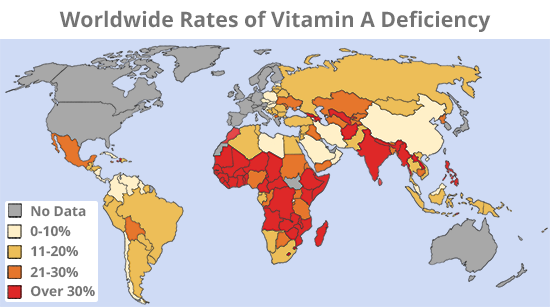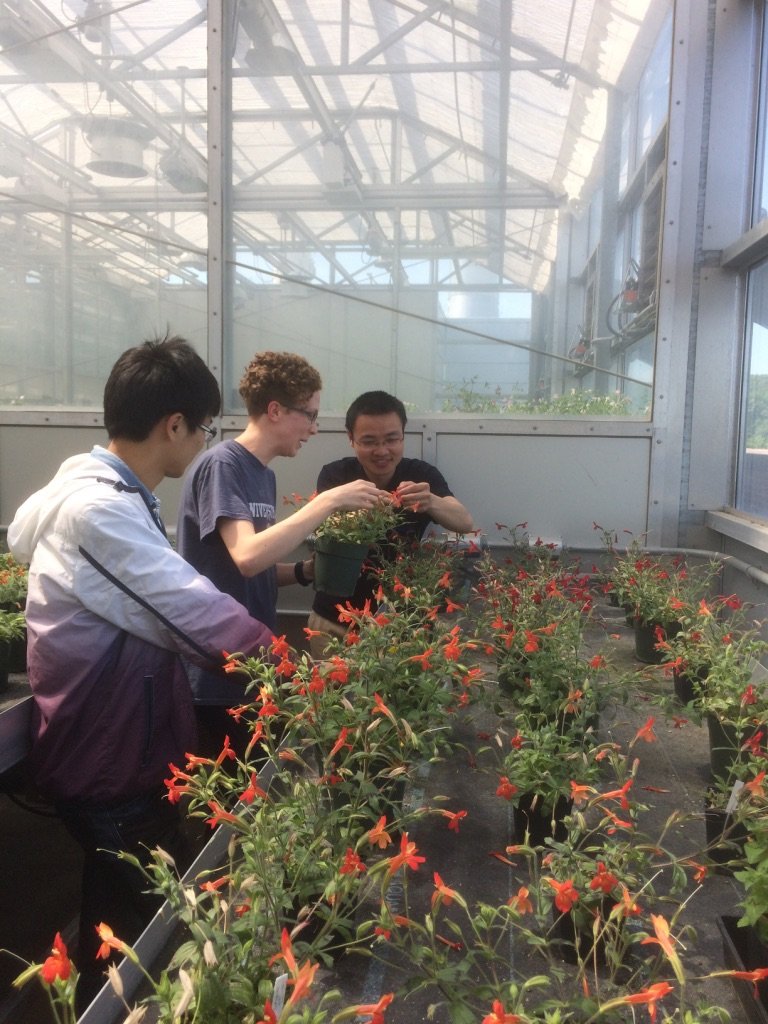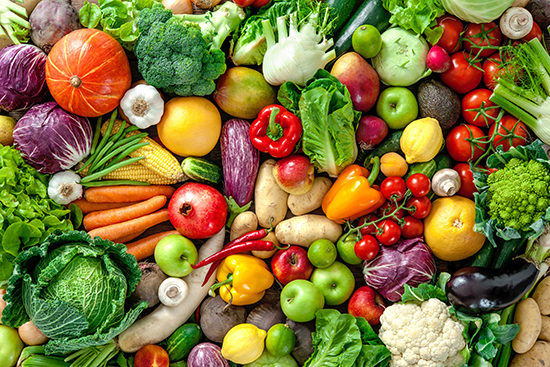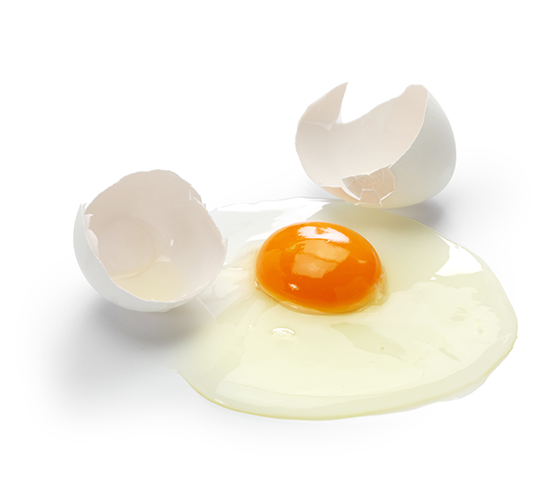References
Bouis, H. E., & Saltzman, A. (2017). Improving nutrition through biofortification: a review of evidence from HarvestPlus, 2003 through 2016. Global Food Security, 12, 49-58.
de Lourdes Samaniego-Vaesken, M., Alonso-Aperte, E., & Varela-Moreiras, G. (2012). Bitamin food fortification today. Food & Nutrition Research, 56(1), 5459.
Garg, M., Sharma, N., Sharma, S., Kapoor, P., Kumar, A., Chunduri, V., & Arora, P. (2018). Biofortified Crops Generated by Breeding, Agronomy, and Transgenic Approaches Are Improving Lives of Millions of People around the World. Frontiers in Nutrition, 5, 12.
Giuliano, G. (2017). Provitamin A biofortification of crop plants: a gold rush with many miners. Current Opinion in Biotechnology, 44, 169-180.
Van Der Straeten, D., Fitzpatrick, T. B., & De Steur, H. (2017). Biofortification of crops: achievements, future challenges, socio-economic, health and ethical aspects. Current Opinion in Biotechnology, (44), vii-x.
Wiseman, E. M., Bar-El Dadon, S., & Reifen, R. (2017). The vicious cycle of vitamin A deficiency: A review. Critical Reviews in Food Science and Nutrition, 57(17), 3703-3714.
World Health Organization. Global prevalence of vitamin A deficiency in populations at risk. 1995–2005. WHO Global Database on Vitamin A Deficiency. Geneva, WHO, 2009.
Zaheer, K. (2017). Hen egg carotenoids (lutein and zeaxanthin) and nutritional impacts on human health: a review. CYTA-Journal of Food, 15(3), 474-487.
